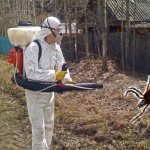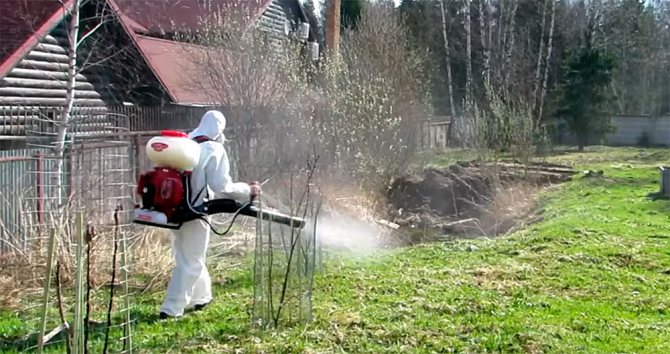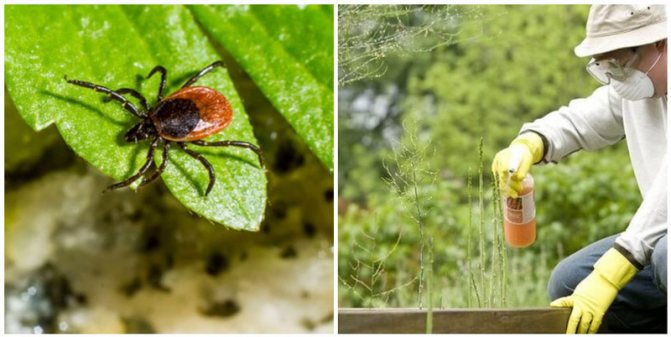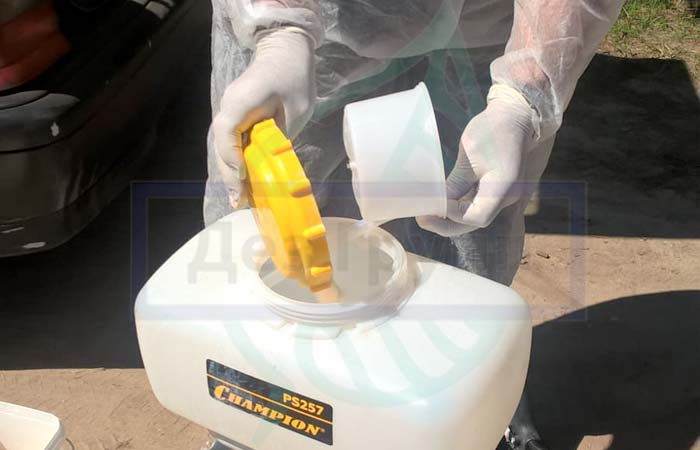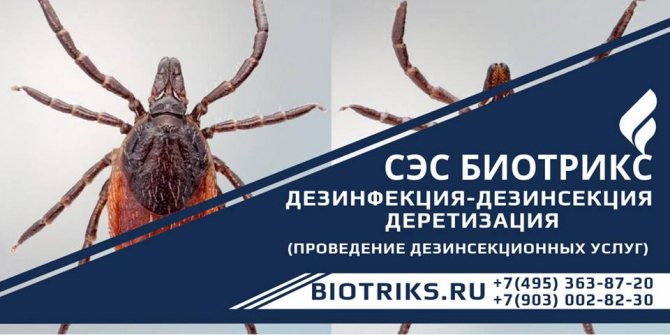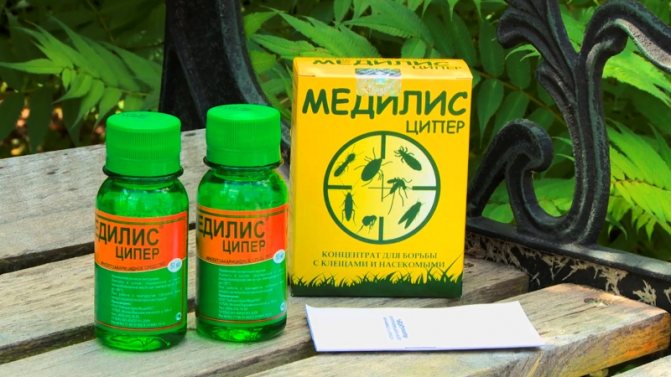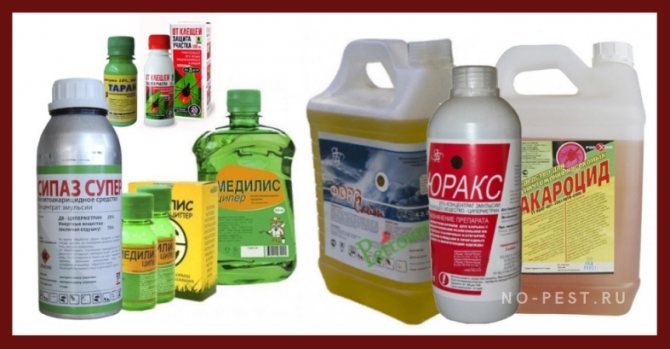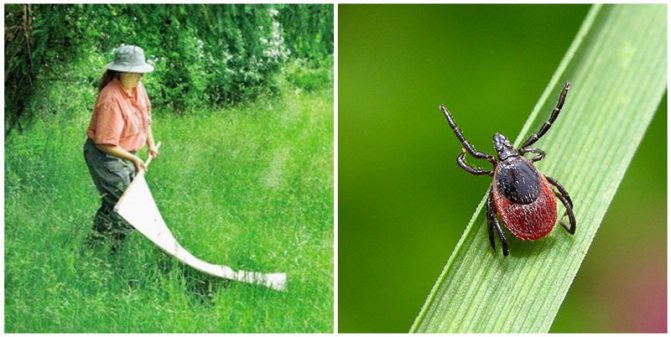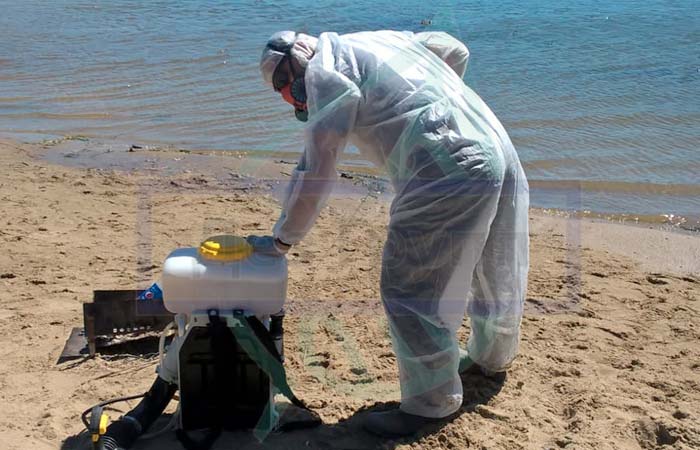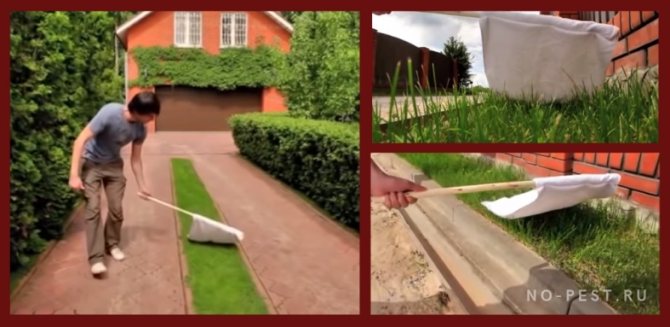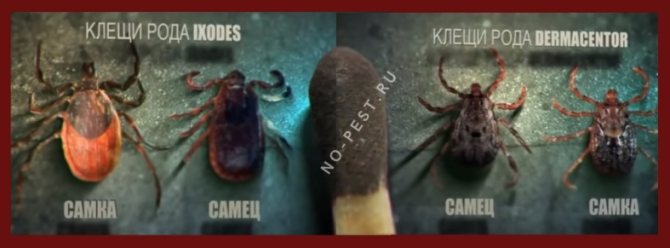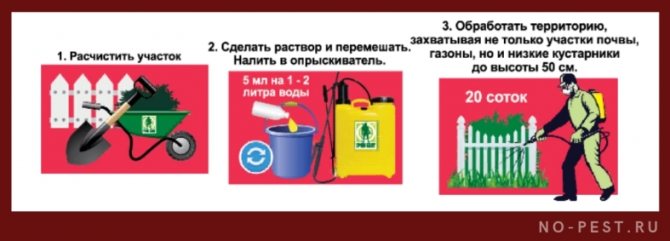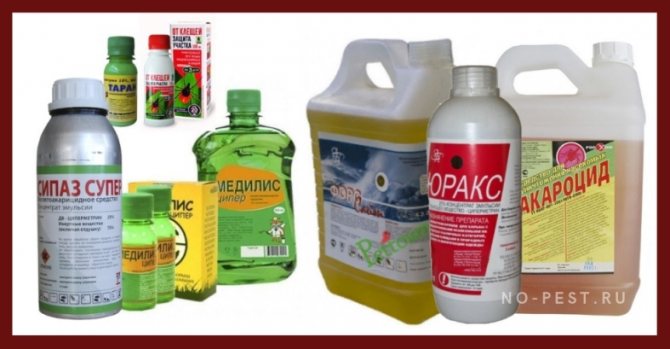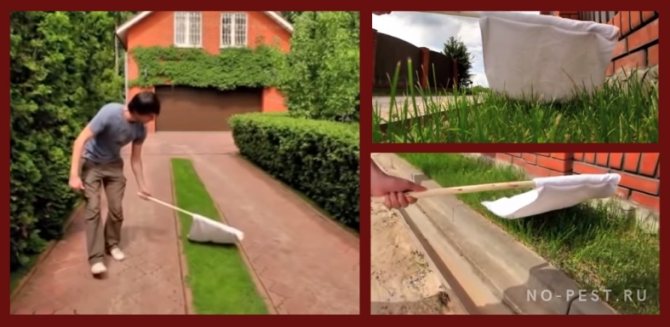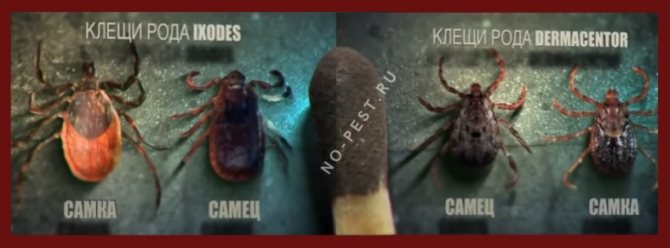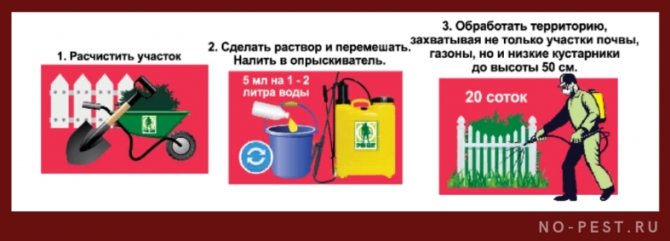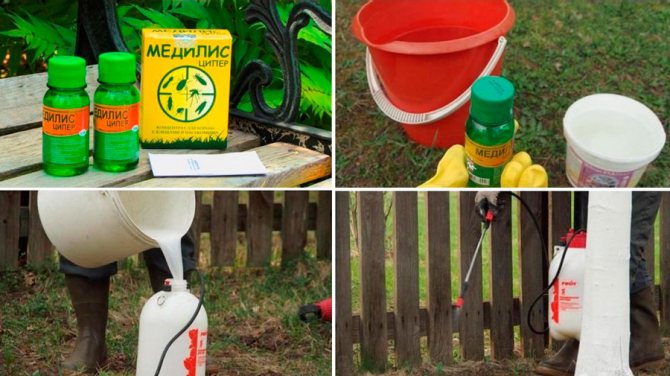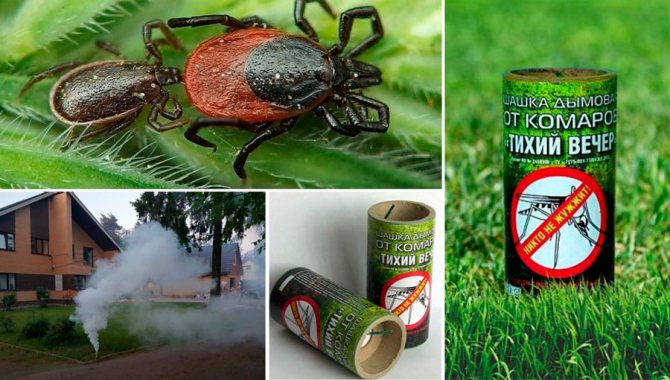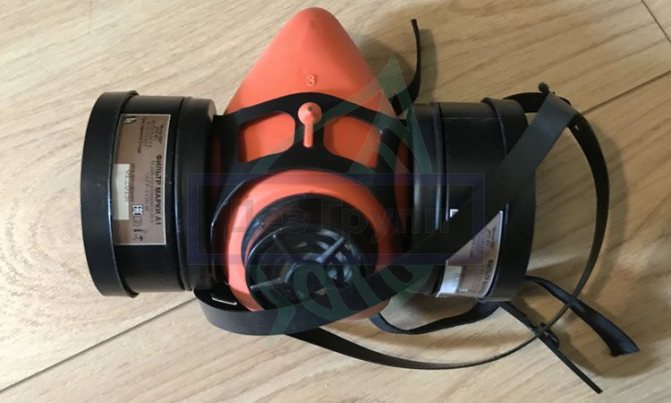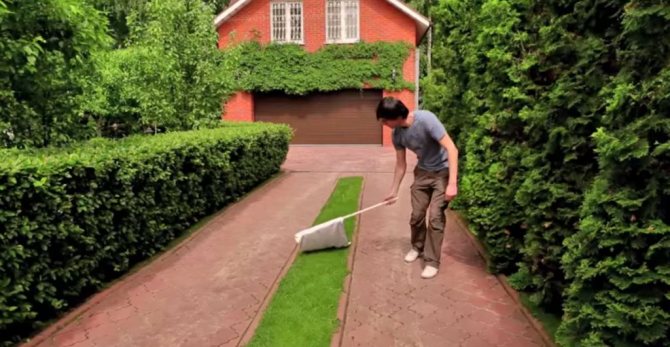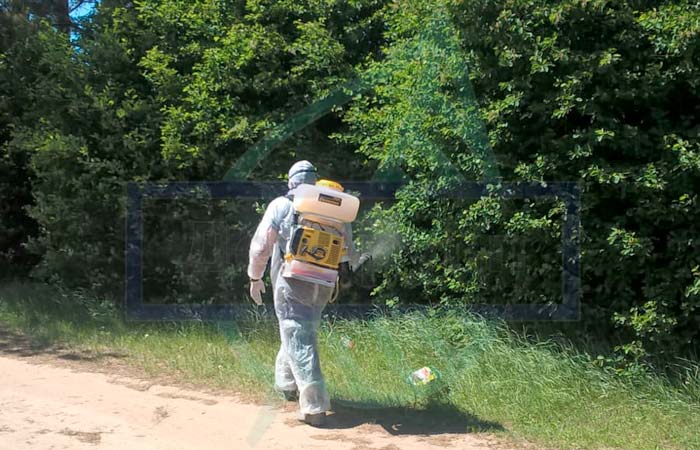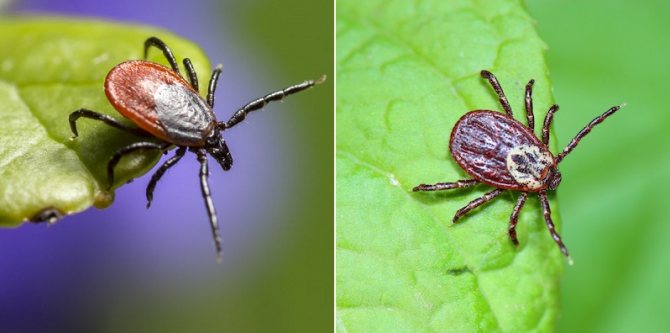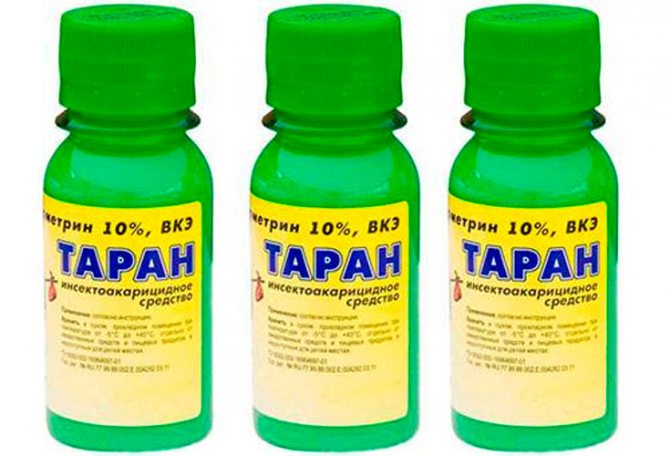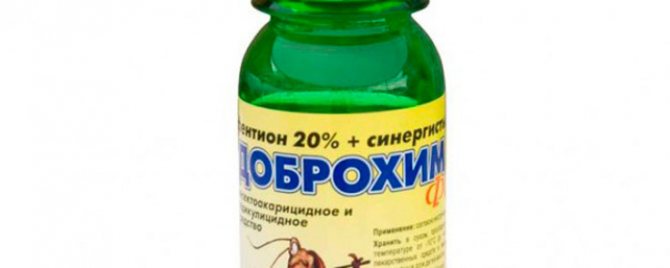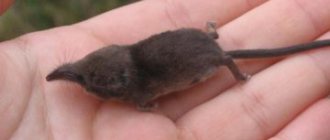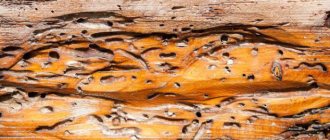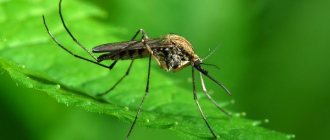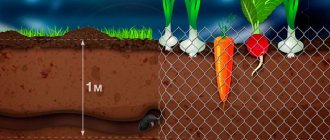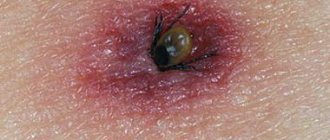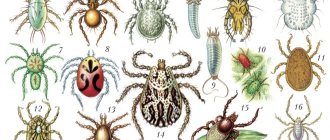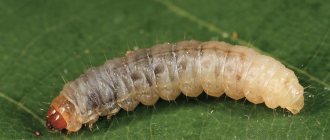From early spring to the end of summer, a huge number of ticks appear in summer cottages. They hide in tall grass or small bushes, which poses a threat to both owners and their neighbors. It is necessary to treat the suburban area from ticks at least twice a year so that new parasites do not have time to move to your territory after the effect of the drug has weakened and do not bite summer residents.
However, it is not always possible to ensure "sterility" at the summer cottage. Ticks can get into the yard with pets, stray cats, dogs, rodents. The situation is especially dangerous if there is a forest or city park nearby. The fight against ticks is carried out in several ways - they act directly on themselves or on animals, which spread parasites over the land.
The most effective method of control is spring treatment for ticks with poison - insectoacaricidal preparations. The destruction of blood-sucking parasites in an open area occurs within three days, for about 2 more months the drugs protect the site from re-infection. Chemistry for ticks is produced in the form of a concentrated emulsion, solution, powder, checkers.
Protection against ticks with folk remedies involves the use of certain plants, products with a pungent, persistent odor. The methods are more aimed at preventing infestation than at controlling, and can be combined with other methods of destroying pests.
Effective means of acaricidal action and methods of application
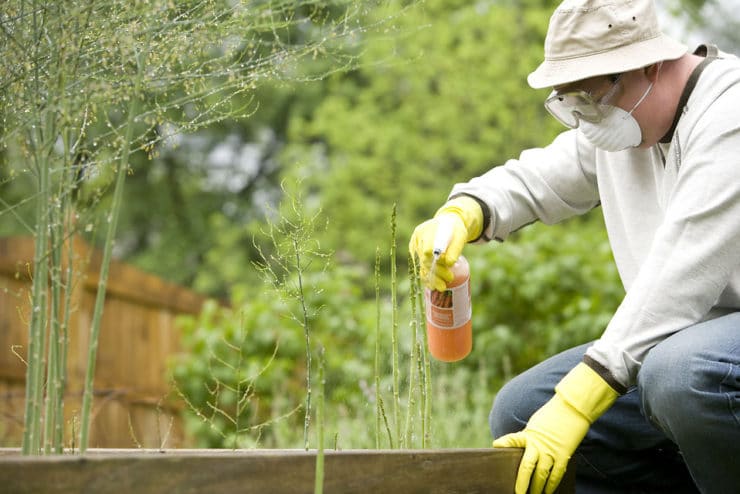
Treatment of the lawn from ticks is carried out with ready-made preparations of acaricidal action. Many of them help to fight not only the tick, but also with other parasites: bedbugs, mosquitoes, ants, flies, etc. Such universal drugs include cypermethrin, which is part of the pyrethroid group and allows you to remove insects and arthropods indoors and outdoors. air (in the garden, in the country).
It is necessary to spray the grass with acaricidal compounds in strict accordance with the recommendations of the manufacturer of the drug. Depending on the type of product, it is necessary to process the personal plot in a certain way. For example, the consumption of cypermethrin depends on the number of plants in the treated area and the type of bloodsucker. For the destruction of ixodid ticks on 1 hectare of a plot with rich vegetation, 0.75 liters of poison are required, with scanty - 0.5 liters. To combat dermacents and hemophysalis, 1.25 liters of cypermethrin are needed, regardless of the density of the grass.
The names of drugs with acaricidal action included in the list of the most effective acaricides, as well as general information about them, are presented in the table:
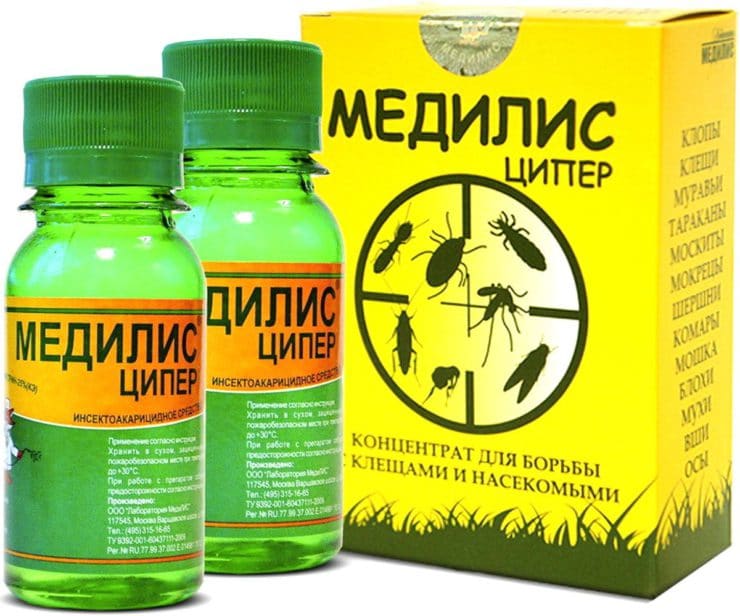

| Acaricide names | Active substance | Dignity | disadvantages |
| Medilis Ziper | Cypermethrin |
| Contains components that are addictive to insects. |
| Tsifox |
|
| |
| Sipaz Super |
Does not accumulate in the environment, is UV resistant and can be used only once. | Additional processing of the site may be required. | |
| Ram | Zeta-cypermethrin |
Does not accumulate in the environment. A single application is required to achieve a permanent result. |
|
| Dobrokhim FOS | Fenthion |
|
|
It is necessary to apply acaricides in early spring, in early April. The period of anti-mite treatment of a garden or summer cottage ends in late autumn. In order not to harm the future harvest, it is impossible to engage in processing during the flowering of plants, otherwise the insects pollinating them will die. This must be done before planting seedlings. Re-processing can be carried out no later than 40 days before harvest. Otherwise, the poisons that have fallen on garden crops will not have time to be neutralized by precipitation, watering and plant life.
Before you spray the area, you need to properly prepare the product. To do this, it is necessary to dilute the concentrate with water, adhering to the dosages indicated in the instructions for use. Then the solution is poured into a spray bottle, from which the garden or suburban area is irrigated evenly and abundantly. It is necessary to cultivate the land and grass in the early morning or evening.
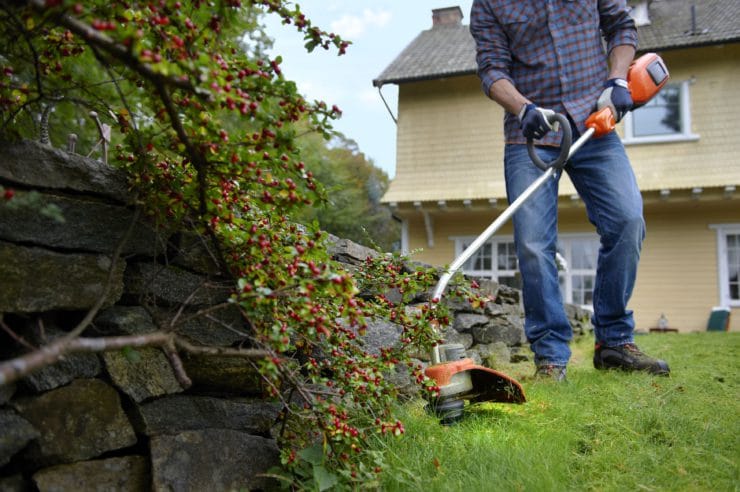

The prepared solutions cannot be stored for a long time. It is necessary to prepare an acaricidal composition immediately before irrigating the territory. Before processing, it is recommended to mow the grass, to clear the area of debris and fallen leaves.
Correct processing algorithm
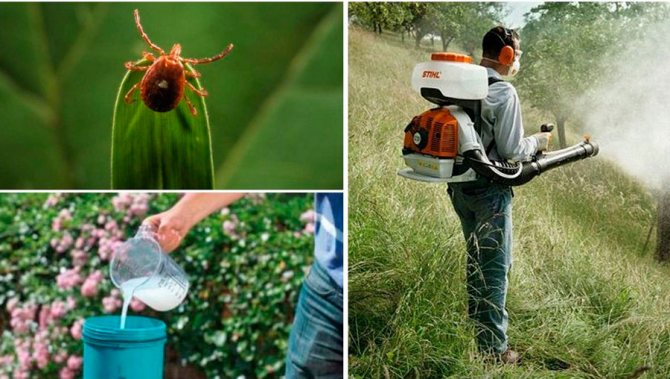

The process of destroying pests is called pest control, and the drugs that are used at the same time are called acaricides. On the packaging of each poisonous substance there is an instruction that must be read before proceeding with processing. It is necessary to prepare the current composition strictly according to the instructions, adhering to all recommendations.
There is a wide range of products on the market for control chemicals. Typically, these drugs are sold in specialized retail outlets. In addition, the drug can be purchased using the Internet. Special services also sell similar products. Anti-mite spraying is carried out using a special tool called a spray bottle.
The spraying process must be carried out in calm weather, otherwise the poisonous components will get to the wrong place. If, nevertheless, there is wind, then the spray of the sprayed substance must be directed not against the wind, but in the direction of the wind. In addition, you should not spray the substance in hot conditions, but it is better to do all this early in the morning or in the evening, when the heat subsides. It will not be superfluous to familiarize yourself with the weather. It is not advisable that it rains for 3 days after treatment. It will wash off the poisonous substance and the treatment will have to be repeated somewhere, in a week.
Remember! It is necessary to treat the area from ticks in early spring, even before the first leaves bloom. During this period, these insects still do not show activity, and the toxic substance will not allow activity for a couple of months. It is also forbidden to process the site during the flowering periods of cultural plantings, as insects that pollinate these plantations will die.
In connection with such requirements, anti-mite treatment should not be carried out whenever you like. It is necessary to clearly define the terms so as not to harm nature. Poisons are not disassembled, whether they are useful insects or harmful: everyone perishes.
Fighting ticks at their summer cottage: processing rules
If you decide to do all the work yourself, you need to remember some rules in order to get the desired effect and harm yourself, other people and animals on the site:
- Treat the area only in protective clothing: prepare a gown, cover your head, use a respirator and rubber gloves. Avoid getting drugs on the body.
- Processing will be effective only if you carry it out in dry weather without wind. Also check the weather forecast and make sure there is no rain in the next 3 days.
- If vegetables and fruits grow on the site, you need to think in advance about the time of the procedure. Between processing and harvesting, at least 1.5 months must pass.
- If you have a small area, you can use a hand held garden sprayer to kill the mites. For large areas, it is better to use a motorized one.
- Some places on the site deserve particularly careful treatment. These are the recreation areas and the perimeter of the garden paths - places where you often visit and move around, so they should be safe. You also need to process thickets of shrubs and grasses, since it is these places that usually become the habitat of ticks.
- If you have pets, read the instructions for the selected drug especially carefully. The standard rule is the following: the animal can be admitted to the treated area only after the preparation is completely dry. But this point may vary from manufacturer to manufacturer.
- It is best to kill ticks on the site in the spring, when they are just starting to become active. The second treatment is usually carried out in late August - early September.
- If there is a body of water with inhabitants on the site, do not allow the drug to get into, as this can cause fish poisoning.
Do not forget that before starting treatment, you need to carefully study the instructions for the tool. Do not violate the rules of application and dosage, and you can quickly get rid of ticks in the area without harming people, animals and nature.
Preparations for application to clothing
There are many remedies for ticks. The traveler needs to choose directly liquid formulations - aerosols, sprays and concentrates, since they are sprayed on clothes
In the fight against pests, this is extremely important: ticks penetrate a person approximately at the level of the grass, then crawl up the clothes - then they need to be caught. Creams and lotions will stain clothes, they can only be applied to the skin, but such protection will not be enough
Decoction of bay leaves
Bay leaves contain a large amount of essential oils that provoke an extremely negative reaction in ticks. It is possible to use the essential concentrated laurel oil. It must be added in the amount of 2 drops to clothing. Ticks will not dare to attack.
Tar
Each popular method is based on a general principle: a pungent smell, disgusting for ticks. Such "aromas" include tar. A few drops of birch tar are added inside a container for spraying plants with a spray bottle. With this composition, clothes are processed before each trip to nature.
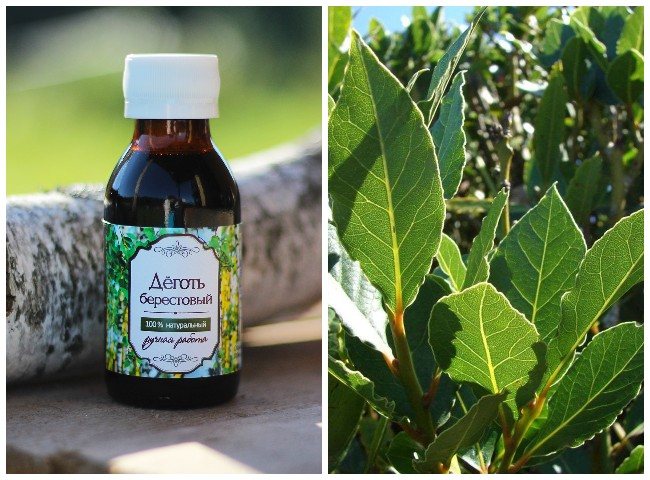

Geranium infusion
To prepare the tincture, you will need:
- Take 3 tbsp. l. crushed leaves of the plant.
- Pour 0.5 tbsp. vodka (40% alcohol).
- Insist a week at room temperature.
- Strain.
The agent is sprayed on clothing to protect against pest bites. It is used along with lavender and eucalyptus oils. It is a safe alternative to tick chemicals. It is allowed to use in children when it is established that there is no allergic reaction to geranium.
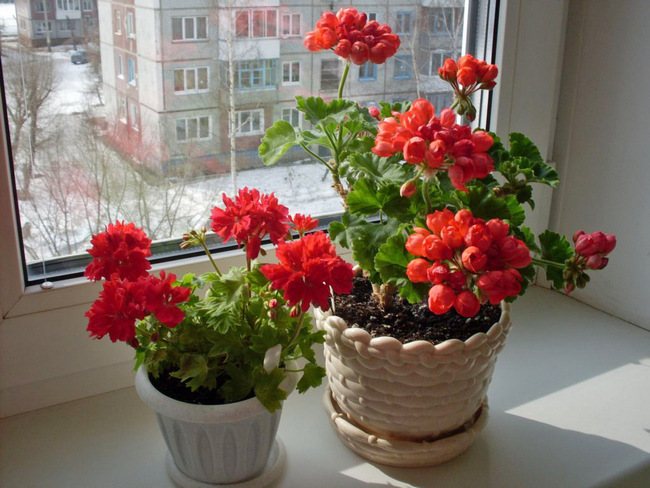

Frequently asked Questions
How can you get infected from an ixodid tick bite?
Viral infections:
- Tick-borne encephalitis
- Omsk hemorrhagic fever
- Kyasanur forest disease
- Hemorrhagic fever Crimea-Congo
Bacterial infections:
- Ixodic tick-borne borreliosis (Lyme borreliosis)
- Tularemia
- Bartonellosis
- Tick-borne rickettsioses
When to get vaccinated against viral tick-borne encephalitis?
The standard vaccination scheme assumes that the vaccine is administered twice not later than two weeks before the planned departure to the center of the spread of tick-borne encephalitis. After the initial administration of the vaccine, the vaccination is repeated after 12 months. Revaccinations are carried out every 3 years.
How to use mite spray cream and spray?
To protect against ticks and other blood-sucking insects, repellents are used to treat open areas of the body.
It is important to remember that:
- Excess spray on the skin will not increase the deterrent effect.
- Do not use repellent on cuts or wounds.
- After a walk, you need to immediately wash off the substance from the skin with soap and water.
- Aerosol should not be: sprayed indoors, inhaled, directed to the face.
- The aerosol is sprayed onto the hands and then gently applied to the face and neck so as not to get into the eyes and mouth.
- An adult does not spray a child, but applies a repellent to his skin with his own hands.
When is the best time to spray a mite area with chemicals?
As soon as the snow has completely melted and the soil has dried up, the ticks begin to search for a host. Late April - early May is a good time to spray drugs.
The cultivation of the garden at other times is also carried out, but after it for about two weeks it is not recommended to harvest. Therefore, it is advisable to spray insecticides twice a year - before the start of the summer cottage season and after its end.
Do I need to fight ticks inside the country house and outbuildings?
A tick can get into the house if it was brought on clothes: it needs land for a full life, so it will not lay eggs at home. All clothes after a walk in the woods need to be shaken up on the street. The house is not specially treated for ticks.
Where to go to remove a tick?
A victim of a tick bite needs to come to the emergency room or clinic at the place of residence. There they will remove the parasite, treat the wound.
How to remove a tick from a pet?
Pet stores sell a "tick twist", like a nail clipper, which fixes the tick's body and pulls it out of the skin in a few turns. The wound is treated with fucorcin or alcohol. In order not to get infected, you need to pull out the tick with rubber gloves.
Where to take the tick for examination?
There are four laboratories in Moscow and the Moscow Region:
- FBUZ "Center for Hygiene and Epidemiology in the Moscow Region" Mytishchi, st. Semashko, 2.
- Center for Molecular Diagnostics FBSI Central Research Institute of Epidemiology Rospotrebnadzor. Moscow, st. Novogireevskaya, 3a. There are branches of the center in every district of the city.
- FBUZ "Center for Hygiene and Epidemiology in Moscow". Grafsky lane, 4/9.
- FBUZ "Federal Center for Hygiene and Epidemiology of Rospotrebnadzor". Moscow, Varshavskoe highway, 19 a.
What to do if, according to the results of the examination, it turned out that the tick is encephalitis?
If you are not vaccinated against tick-borne encephalitis, and the insect removed from the casse turned out to be infectious, do an emergency vaccination. No later than the fourth day (within 96 hours), it is necessary to enter human immunoglobulin against tick-borne encephalitis. Vaccination is done around the clock:
- adults in the City Advisory Office for the vaccine-serum prophylaxis of tick-borne viral encephalitis in the GKUZ "Clinical Hospital for Infectious Diseases No. 2"
- children in the Children's Clinical Hospital №13 named after N.F. Filatova
A tick is an example of the fact that the smallest, unresolved problem in time can lead to sad consequences. Everything needs to be done on time.Our experts will help you kill ticks in your area, or take adequate preventive measures.
Pet protection
Pets of no less people are susceptible to parasite bites. In their thick fur, it is difficult to notice a sucking parasite that is able to get over to the hosts. Almost all methods used for prophylaxis against humans are suitable for animals.
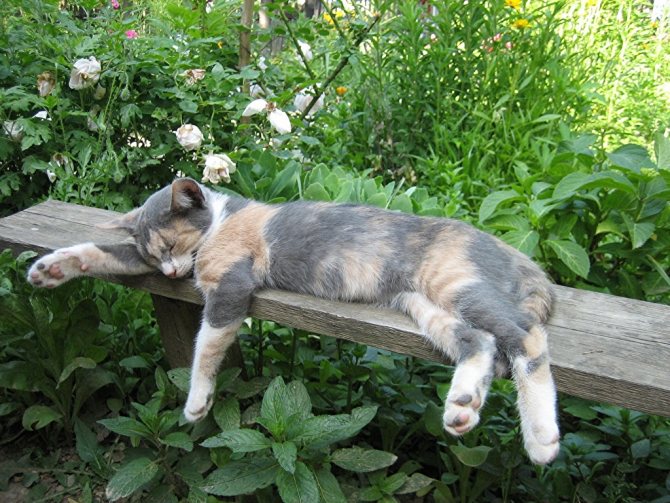

Protection options for cats and dogs:
Vanilla tincture. You need to combine 100 ml of alcohol or good vodka with 2 g of vanillin. Insist for one week in a closed container. Before a walk, the solution is rubbed into the belly, paws and withers of the animal.
- "Fragrant" collar ". It is necessary to lubricate the collar with essential oil of tea tree, which is used exclusively for walking on the street. Not suitable for permanent wear.
- Wormwood infusion. Pour 50 g of fresh wormwood leaves with 400 ml of water, bring to a boil, let cool. Filter out. Pour into a container with a spray bottle. Spray the pet as needed.
Natural remedies for ticks quickly fade away, therefore, during a long walk, protective infusions and sprays are recommended to be applied every 2-3 hours.
Karbofos
Karbofos, perhaps, can be considered the most famous and affordable drug for treating the territory from ticks. It is inexpensive, it can be bought almost everywhere and in various forms - in the form of a liquid concentrate in ampoules and cans, in powder, in granules. At the same time, it is highly toxic to ticks and is widely used to combat most garden and garden pests. This is its big plus - when buying Karbofos, for example, for the spring processing of trees, you can additionally use it to treat the entire area of the site against ticks, having carried out effective deacarization.
It is also helpful to read: Effective tick repellents
The cost of an ampoule of the drug, which is enough to prepare 10 liters of a working solution and treat 10 acres of a plot, is about 50 rubles, which makes Karbofos the cheapest means for baiting ticks. At the same time, it is quite safe for people and pets after drying, and its unpleasant smell in the yard or in the garden quickly disappears and does not present the same problem as it is when using the drug indoors.
The active substance of this agent is also called malathion, often in the scientific literature the synonym "malathion" is used. On the basis of it, many equally effective and affordable means are produced - Fufanon, Antiklesch, Alatar, Carbocin and others. Many of them are intended specifically for use in private subsidiary plots, including for the treatment of areas from ticks.
How to recognize a tick
How do you know that a tick has settled in your summer cottage? There is a simple and effective way - in the morning, after the dew has melted, run a waffle towel over the bushes and grass. Ticks (if there are any) will surely get over on the towel. Slowly walk around the entire area in this way, then check the towel for ticks - they can be seen with the naked eye.
Types of ticks
The most common species on the territory of Russia are easy to distinguish among themselves:
- Ixodid tick. The most frequent guest in the country is this particular type of tick. It is also often referred to as encephalitis due to the fact that it carries the disease. The activity of the ixodid tick falls on the warm period from mid-May to the end of July, but sometimes the tick manifests itself even at the end of August. It gets on human skin from grass or bushes. It is easy to notice on the skin with the naked eye due to its dark two-tone color - the ixodid tick is black-brown and black-red. Its subspecies - brown dog tick - affects, as a rule, four-legged pets, but it remains dangerous for humans.
- Argas mite.Unlike the ixodid species, the argasid hunts all year round, but it is much less common in summer cottages. This species is very dangerous - it carries diseases such as relapsing fever, arbovirus infections, coxiellosis. Fortunately, the argas mite is found mainly in dark and hard-to-reach places - caves, crevices, nests and various cracks, but in summer cottages it is almost not found. It is no more difficult to see it with the naked eye than the ixodic one - the body of this parasite has a gray-yellow color, and the size varies from 3 to 30 mm.
- Spider mites. The webcap is not dangerous to humans and animals, but it affects plants, in particular, fruit crops. Its presence is easily recognized by the presence of characteristic thin cobwebs on the plants, and on the underside of the leaves - small, up to 2 mm in length, reddish mites.
Reproduction and life cycle
An adult female tick can lay up to five thousand eggs at a time. However, do not be immediately scared - no more than 1–2% of this number are born. The hatched larvae live no higher than 50 cm from the ground. They need a constant "breadwinner" (a vertebrate, most often a small rodent), which will provide them with food - blood. Once full, the larva can develop into a nymph - a more advanced stage. To turn from a nymph into a full-fledged adult parasitizing on humans, the tick again needs to get enough blood.
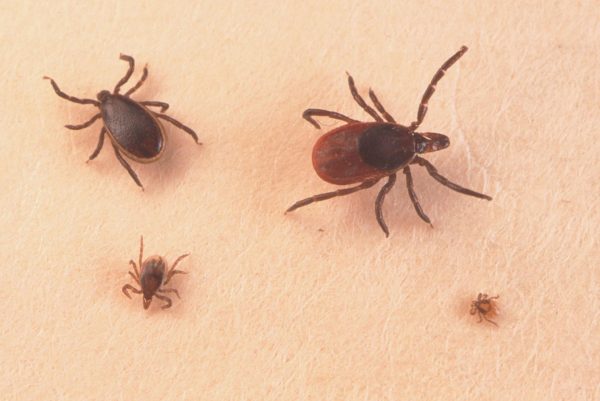

In the photo, you can see the female and male of an adult tick, a nymph and a larva
Where does the tick live?
Ixodid ticks prefer a humid habitat. They feel comfortable in fallen leaves, mosses, on the grass near ponds, lakes and other bodies of water.
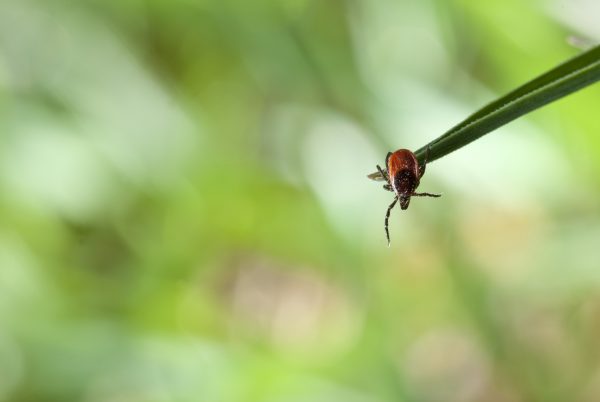

The mite is most often found on grass near water bodies.
At the summer cottage, ticks appear together with vectors - adults can arrive on stray cats or dogs, and nymphs get to human dwellings on small rodents (mice, rats, voles).
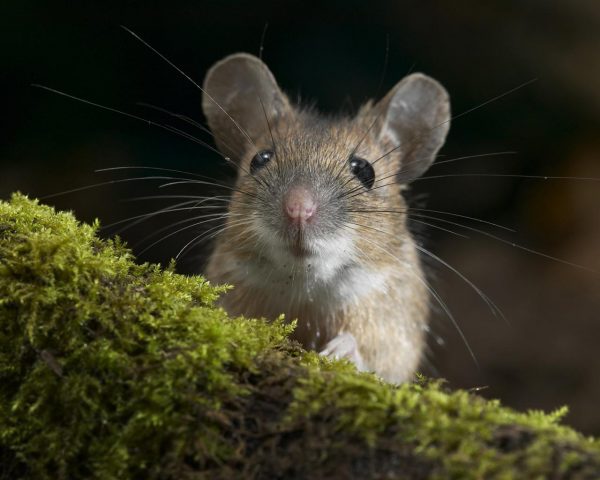

Mice are the most common carriers of tick nymphs
Parasites settle in dark and humid corners
When looking for a tick, pay special attention to areas that remain unlit throughout the day. In the country, it can be a shrub, tall grass, fallen leaves.
The mite does not live on trees, on open and sun-warmed land, areas without vegetation.
Fortunately, this parasite cannot fly or jump. The maximum that a tick can do is to fall from its familiar place down, but such a fall cannot be called a jump. By the way, the widespread myth that a tick can fall from the top of a tree onto its victim is actually false - this parasite usually does not climb to a height of more than one and a half meters.
Control methods
Ixodid ticks not only bite painfully, leave behind inflamed blisters, but also carry dangerous diseases, including tick-borne encephalitis, borreliosis. Everyone is advised to avoid meeting with them. In the absence of an epidemic, threats of infection, safe methods of control are used - they timely mow the grass on the site, do not allow overgrowth, cut off the branches of bushes, crowns of young trees to a height of more than 50 cm from the ground. They create unfavorable conditions for the development of pests.
However, it is not always possible to ensure "sterility" at the summer cottage. Ticks can get into the yard with pets, stray cats, dogs, rodents. The situation is especially dangerous if there is a forest or city park nearby. The fight against ticks is carried out in several ways - they act directly on themselves or on animals, which spread parasites over the land.
The most effective method of control is the treatment of the area from ticks with poison - insectoacaricidal preparations.The destruction of blood-sucking parasites in an open area occurs within three days, for about 2 more months the drugs protect the site from re-infection. Chemistry for ticks is produced in the form of a concentrated emulsion, solution, powder, checkers.
Protection against ticks with folk remedies involves the use of certain plants, products with a pungent, persistent odor. The methods are more aimed at preventing infestation than at controlling, and can be combined with other methods of destroying pests.
Destruction of ticks using folk methods
Heat is always accompanied by the fact that the activity of all kinds of insects, even those dangerous to humans, for example, ticks, increases. The maximum number of bites always falls on warm days, from about May to June. A slightly smaller peak of tick-borne activity is recorded at the end of August, this lasts until the beginning of September.
Previously, many believed that these insects can only be found in the forest. However, ticks have already moved not only to city parks, but also to personal plots.
How to get rid of them, make your site a safe, comfortable place, without poisoning animals, plants, without harming yourself? There is only one solution - folk methods, already tested by many people.
Treatment of the area from ticks by yourself preparations
Medilis Ziper
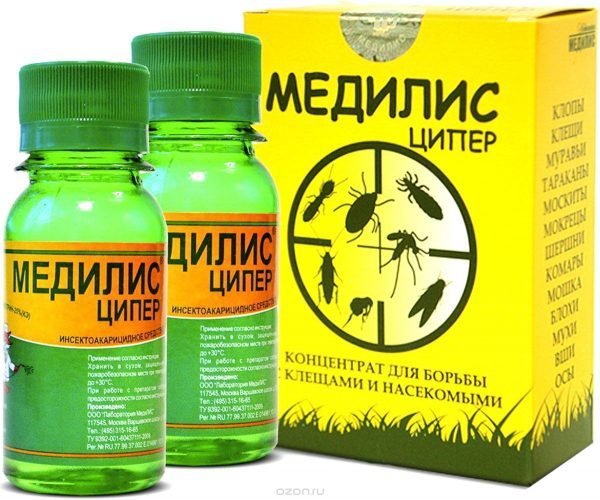

An advanced drug that effectively fights ticks of precisely such genera as: Ixodes, Dermacentor and Hemafizalis. The liquid has a specific odor, yellow transparent color, high toxicity. In a dissolved state, the drug already acquires a milky color.
- Container: ampoules of 12 ml, bottles of 50, 500 ml, as well as cans of 1-5 liters.
- Preparation of the solution - from 4 to 7 ml per 1 liter of water, depending on the density of the vegetation.
- Consumption: 1 liter of working solution per one hundred square meters.
- The active substance is cypermethrin 25%
The agent is diluted in the form of a solution with a strong effect, for which a proportion is used - 12 ml / 100 sq.m., diluted with 200 ml of water. When dissolving, the mixture should be thoroughly mixed with something.
»Alt =» »>
Ram
Moscow insecticide - Battering ram, which "got accustomed" quite well among the population of the country due to its effect on blood-sucking insects.
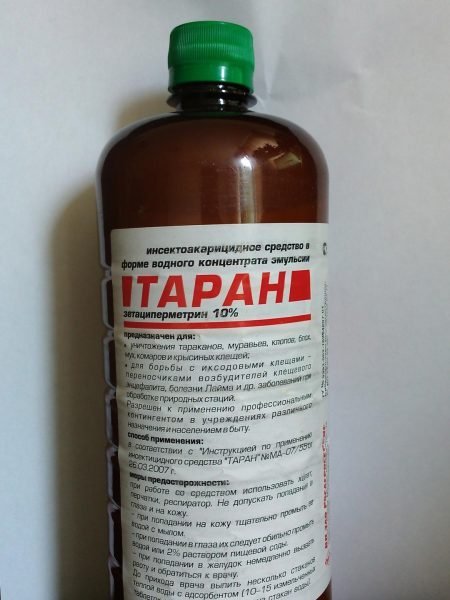

- The chemical is quite dangerous for the health of humans, animals and birds, and therefore, when using it, you should completely cover / protect your body, hands, eyes, nose, ears and hair from the insecticide.
- Active ingredient - Zeta-cypermethrin
- Treatment with a ram once a season is enough to prevent ticks from appearing on the site.
- The product is very economical - dilute from 3 to 7.5 ml of the product per 1 liter of water. For 1 hundred square meters, 1 liter of working solution is required
»Alt =» »>
Acaritox
According to the active substance, Acaritox is a related drug to Medilis-Ziper, but it is available in a different formulation. It is a wettable powder, which must be dissolved in water in an amount of 10 grams per liter to prepare a working solution.
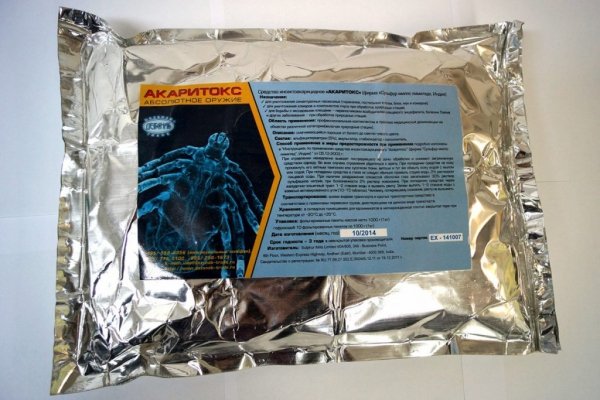

The active component of Acaritox is alpha-cypermethrin at a concentration of 5%. The drug is positioned as intended for treatment against ticks of any territory, including fields and natural habitats, and for the preparation of a working solution, you can use water from any reservoirs. The product is produced in India.
The consumption rate of the working solution is 100 liters per 1 hectare, or 1 liter per 1 hundred square meters. If the vegetation cover is very dense here, then the consumption increases. For example, it is recommended to process dense flower beds based on a consumption of 1.3 liters per hundred square meters.
As a result, the processing of the site will cost them less than even with MedilisCiper, but they will not be able to buy less than 1 kg. In part, this is precisely what prevents him from becoming a competitor to the Russian acaricide: not every summer resident is comfortable buying a kilogram bag, so that then for a one-time processing, he can use only 60-70 grams of it.
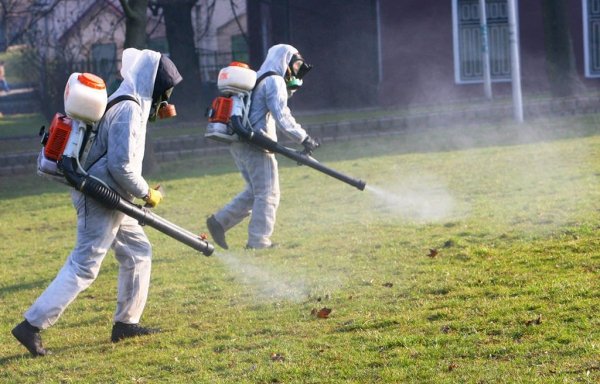

The active substance of Gladiator is lambda-cyhalothrin, an insectoacaricide with rapid initial toxicity and high photostability. Its content is 50 grams per liter of concentrate.
The drug quickly kills ticks, on which the working solution gets in a liquid form. And then it remains dry on the grass for a long time. Without degrading under the sun's rays and continuing to poison ticks. Those in contact with him when moving along the stems and leaves.
According to several pest control services, lambda-cyhalothrin preparations are often more effective and faster-acting than those with other pyrethroids.
Therefore, the Gladiator could well become a serious competitor for Medilis-Ziper! If not for its relatively weak representation in the sale. Where can one buy? They are sold by a small number of stores in Moscow and the Moscow region. And in some regions (including those dangerous for tick-borne encephalitis) it is completely impossible to buy it.
In addition, Gladiator is not marketed for sale as a remedy for ixodid ticks! And they buy it mainly for pest control. Including with spider mites.
"Tsifox"
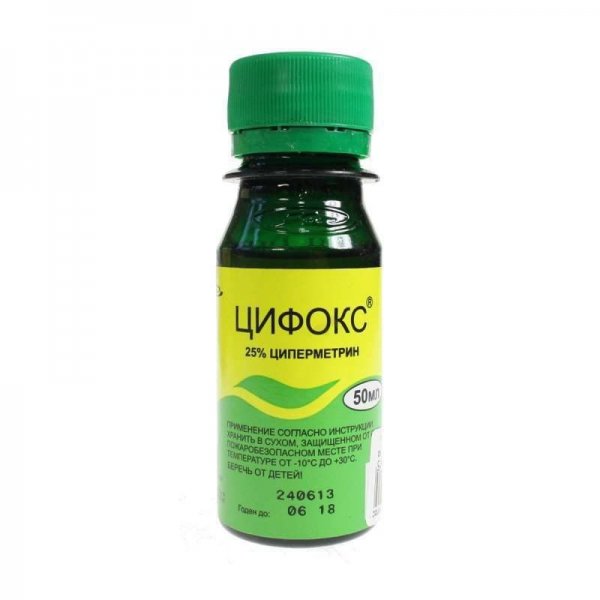

Insectoacaricidal con is designed to combat not only ticks, but also other blood-sucking ones: mosquitoes, fleas, bedbugs. It is somewhat more expensive than its counterparts (a 500 ml capacity costs about 900 rubles), however, the manufacturer promises guaranteed protection against parasites after processing the site, which will require:
- Dilute 4 ml of concentrate in 1 liter of water.
- Spray on the site based on a consumption of 1 liter per 1 hectare of land.
- Re-processing should be done in 1.5–2 months.
Medilis Ziper
Medilis Ziper is a concentrate of cypermethrin pyrethroid emulsion with additional auxiliary components. The concentration of the active substance in the liquid is 25% (or 250 grams per liter).
It is also useful to read: How to treat an area from ticks
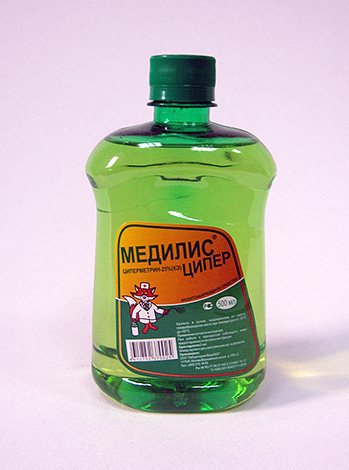

To spray the area from ixodid ticks in a liter of water, you need to dilute 10 grams of concentrate. Therefore, a 500 ml bottle will be enough to prepare 50 liters of working solution.
The manufacturer recommends using a ready-made solution in the amount of 12 liters per 10 hectare of territory for treating the site. Therefore, for each hundred square meters, 1.2 liters, or 12 grams of concentrate, will be required. This means that a half-liter bottle of concentrate will be enough for 2 years of protection of the site, even if two treatments per year are taken into account.
It is interesting
The manufacturer claims that Medilis-Tsiper is the first product produced in Russia that is approved for treating tick-free areas directly by the population.
Cypermethrin in the composition of the drug has an acute toxic effect on ticks. Once in the parasite's nerve cells, it leads to constant activation of sodium channels and, in fact, to constant generation of nerve impulses and the associated continuous muscle tension. All this leads to paralysis and rapid death of the tick - within 5-15 minutes after contact with the agent.
Cypermethrin is also especially good for treating areas due to its high photo- and thermal stability. It lasts up to 20-30 days on grass and other treated surfaces, without degrading under the influence of solar radiation and changes in air temperatures. This is one of its important advantages (along with high efficiency).
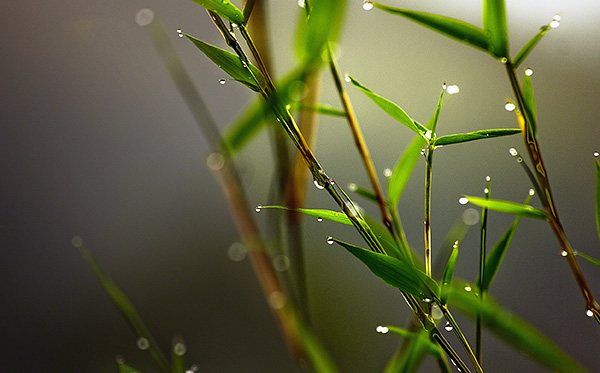

The price of the drug is about 250 rubles for a 50 ml bottle, or 1,500 rubles for a 500 ml bottle. Almost all of its analogues are more expensive. Such analogs include Extermin-S (300 rubles for 50 ml), Gardex to protect the suburban area from ticks (about 450 rubles for 50 ml), Sipaz-Super (costs about 2500 rubles per 1 liter), Breeze and others.
Such drugs as Inta-Vir (it is produced in the form of water-soluble tablets with a much lower concentration of the active substance) and the Peshka-S smoke bomb are not analogues of Medilis-Ziper. Although they all contain cypermethrin as an active ingredient, each of them differs from Medilis-Ziper in the concentration of the active ingredient and the specificity of use.
On a note
Perhaps the most significant drawback of Medilis Ziper can be considered the rapidly developing insect resistance to cypermethrin. For ixodid ticks, this is not relevant, since they are rarely poisoned and they do not multiply so quickly, however, because of this, the drug often cannot be used as a universal insectoacaricide for the garden and vegetable garden.

